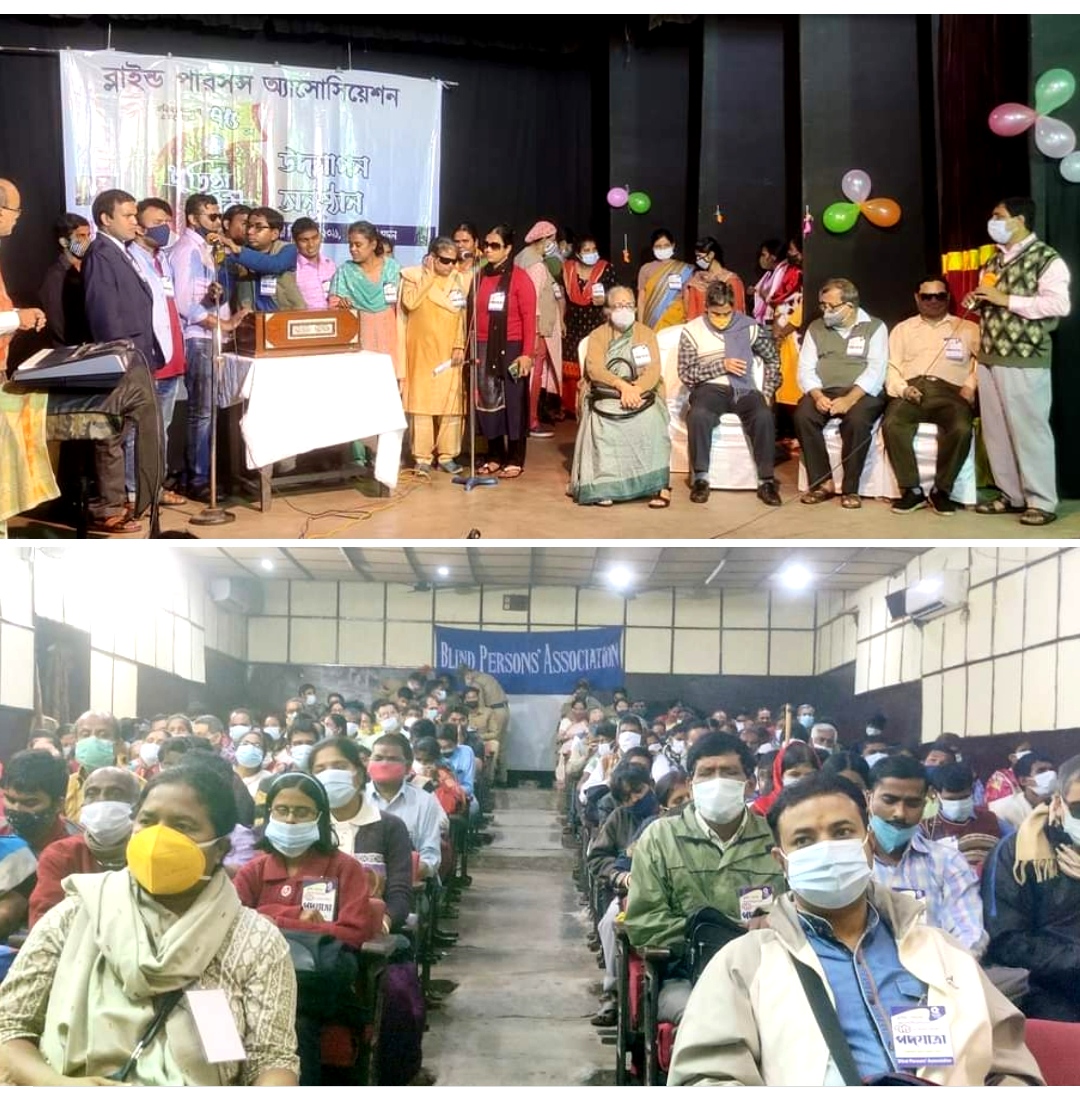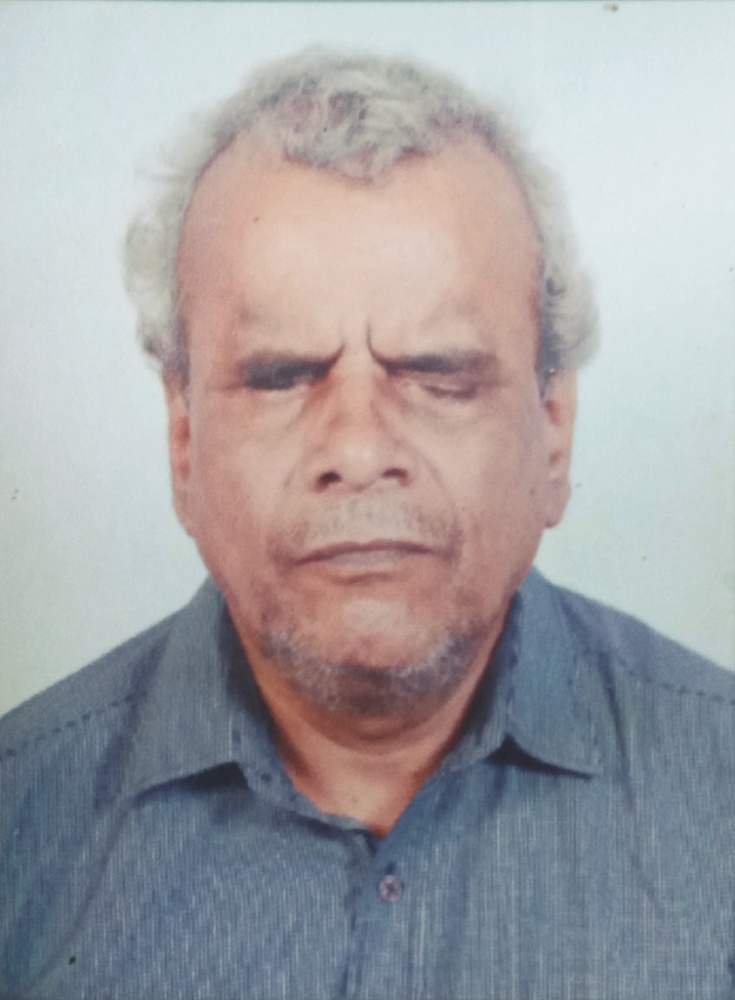We, the blind people, are often asked how we identify currency notes and coins. Perhaps all of us have faced this question from our colleagues, vendors and fellow-passengers. This is a universal curiosity. Everybody wants to keep count of his own money. And this is a problem we, the blind people in India, have been facing since the nineties when different sizes of two-rupee coins were introduced in the market.
Now the mints seem to have gone mad. They are pouring out something new every now and then. There is more than one variety of every coin. We identify coins by their sizes and surfaces, even weight. At present a blind person can hardly be confident while in dealing in coins.
So far our risk was limited to small changes. But the situation got worse with the introduction of new currency notes for Rs. 500 and Rs. 2,000 last November. They are very difficult to recognise. This far a difference of 10 mm in length was maintained between two currency notes. Now this distinction in length is just 4 mm width of all new notes is 66 mm. We distinguish notes by measuring by touch their length and width. The bigger the size is, the greater denomination it has. But new 500 and 2,000-rupee notes are smaller than old notes of lower denomination like 100-rupee note. Introduction of new 200- and 50-rupee notes has posed a more serious challenge because like coins, notes of two different sizes are in circulation for these two denominations.
Apart from the problem of identifying notes and coins, there remains the difficulty in bank transactions. Bank officials do not entertain visually impaired customers. We are often denied cheque facilities, ATM services and even net banking. In consequence, very few visually impaired persons have any bank account. Fewer have got cheque facilities, ATM debit cards and net banking.
Since many visually impaired persons use thumb impression for signature, they are considered as third-class customers by bank officials. Their derogatory attitude becomes clear when these customers are denied the basic facilities. They are not even allowed to open a joint account. They are asked to bring with them an assistant authorized by a court of law. We can enumerate a number of incidents where bank officials have humiliated these customers by imposing unnecessary restrictions on their transactions. We wonder how your bank officials have become guardians of our hard-earned money.
SIM card dealers can verify finger prints of customers with the national database of UIDAI (Unique Identification Authority of India) for Aadhaar cards. The Government may ask the banks to use the same facility to verify the thumb impressions of such customers.
A substantial portion of digital transactions involves ATMS and POS (point of sale) machines. Hardly a few ATMS have talking feedback facility. We do not yet know if any talking POS machine is being used in India. Obviously, the visually impaired people have to entirely depend on others to handle an ATM or to make payment using a POS machine.
Digital payment further needs accessibility of online shopping sites. In most cases these sites need image verification which a visually impaired user cannot go through in most browsers. Some sites contain data fields for debit card details which are not accessible.
Same is the case with mobile banking. A smart phone is not enough for a visually impaired customer. The phone must be speech-enabled so that it can report everything that is displayed on the screen. A few special mobile sets can read web pages to some extent. But none of these is absolutely efficient to read every web site.
Above all, visually impaired users have to learn a lot to use a computer or a smart phone. These devices are expensive and beyond the reach of majority of these people. Exhaustive training necessary for successful transactions in digital methods is not easily available. Such devices are not designed for the visually impaired as they form a very negligible part of the buyers. As a result, the question of accessibility for the visually impaired is not considered at the time of designing these devices.
So is true with most web sites. Visually impaired people are not potential customers. Why should shopping sites remember the needs of the visually impaired?
Many organisations working for the welfare of the visually impaired have joined hands with blind graduates Forum of India in sending request to the Prime Minister, Finance Minister and the RBI Governor to solve these problems. Individuals are signing an online petition for the same. You may also sign this online petition for accessible currency and extend your support to the cause. We would also request you to share it on every social network you can access. We must know what we earn and spend. This is a right we deserve.



